Vietnam – Northern tea provinces – for Terza Luna

A tea picker in a local tea farm.
Moc Chau region is known for its green and oolong teas.
The provinces of northern Vietnam, those where most of the tea gardens are located, share the border with Yunnan, the Chinese region that is historically considered the cradle of tea, home of the precious Pu Erh and other high quality teas. Environmental conditions, terroir and many of the traditional agricultural practices are therefore shared in the two parts of the border.
In the Vietnamese Ha Giang region (just on the border with Yunnan), in Bắc Kạn, Bắc Giang and other nearby provinces the local farmers pick the leaves of wild centennial tea trees and sell them to bigger Vietnamese companies which, in turn, export them to Chinese and Taiwanese international leader brands.
The goal is to go back to those local artisan premium tea producers, get to know them, see how they make their teas, stay in touch with them and learn.
14 days in which we covered 2000 km on impervious mountain roads, in the middle of remote villages with breathtaking landscapes.

Workers in a local tea farm.
Moc Chau region is known for its green and oolong tea farms.
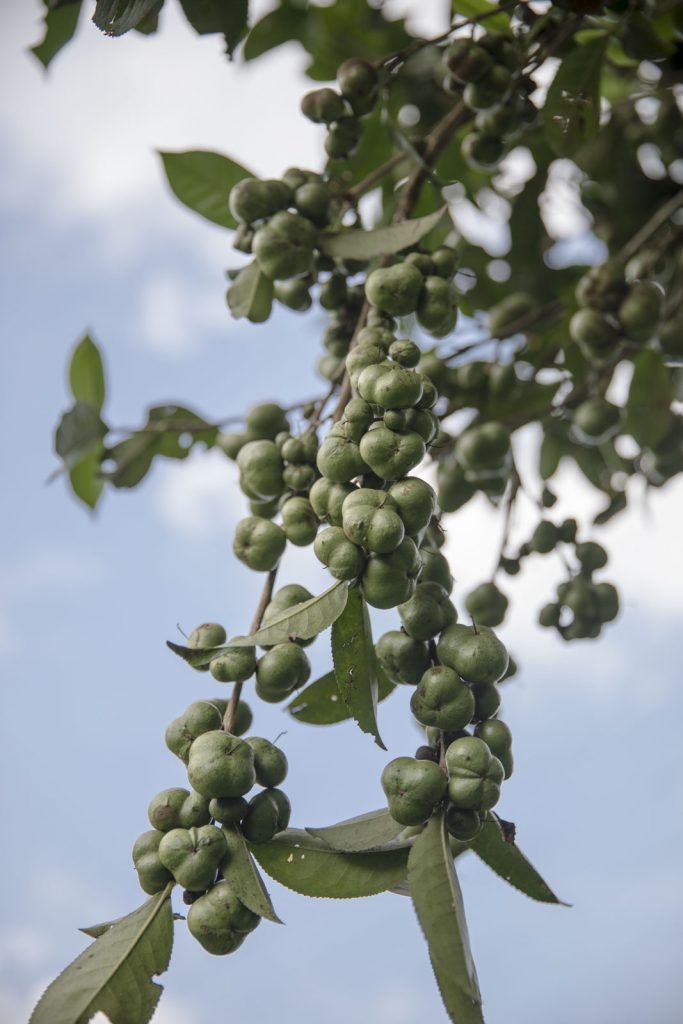
Tea fruits.

A sales manager using an online translator to talk with foreign customers in the tasting hall of Fin Ho tea farm.
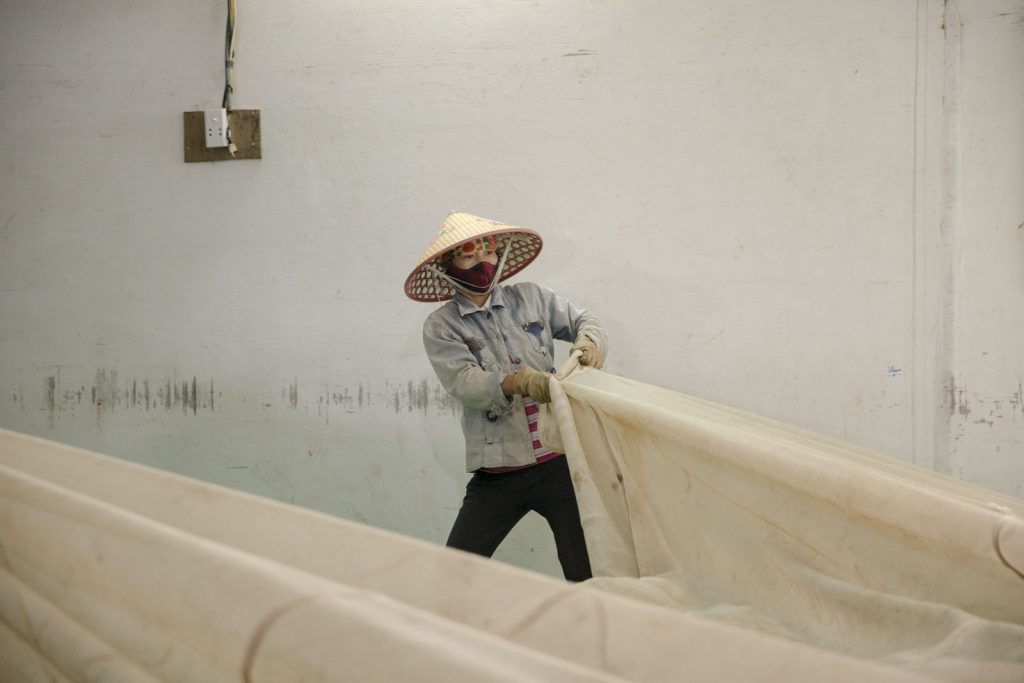
A worker gathering tea leaves for drying in a local tea farm.
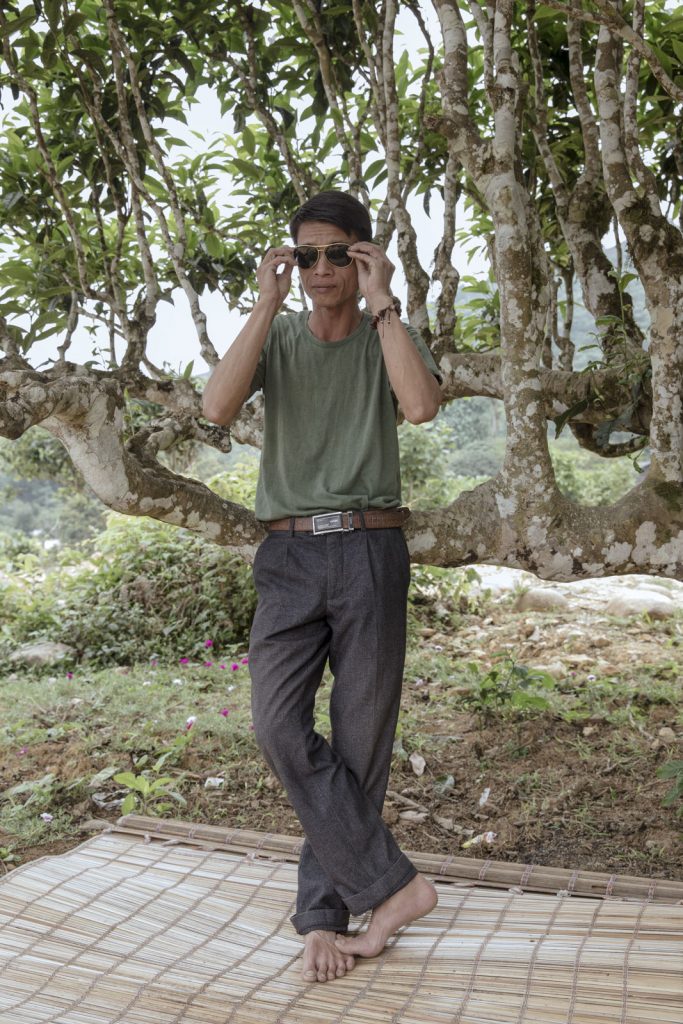
A local tea entrepreneur leaning against a wild centennial tea tree in his home private garden.
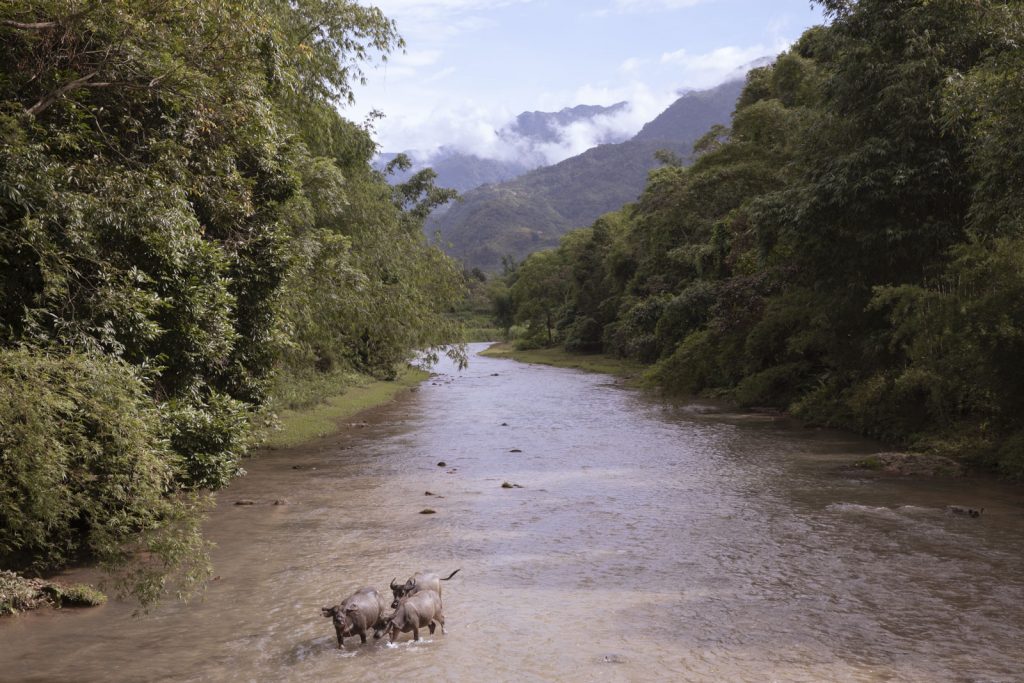
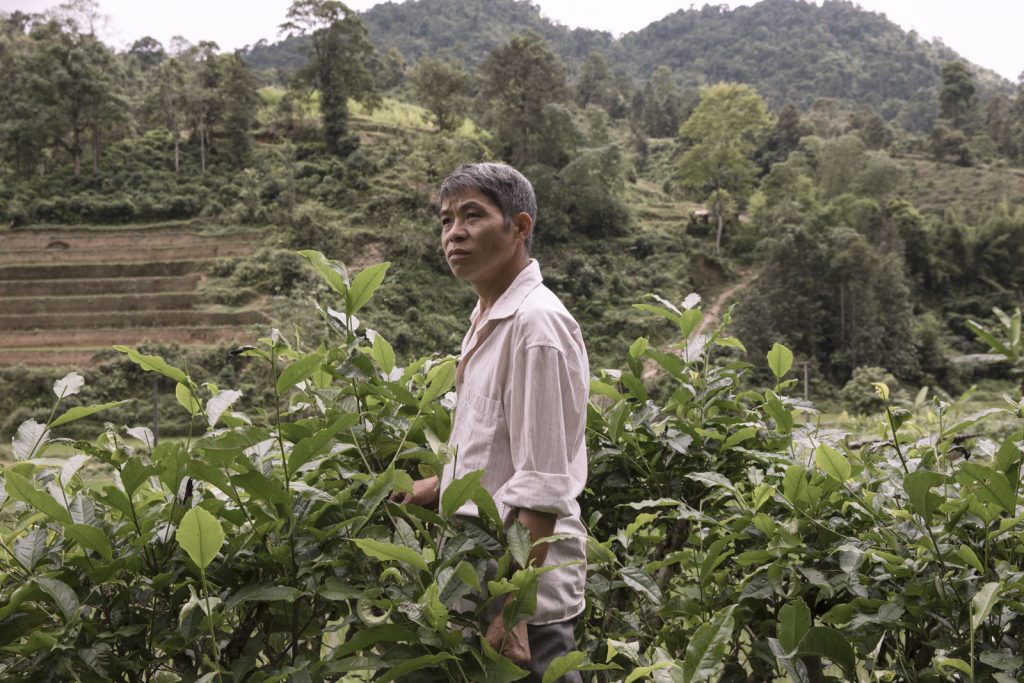
A picker in a wild tea forest.


Mr. Hao in the tasting hall of the farm where he is employed as tea master.
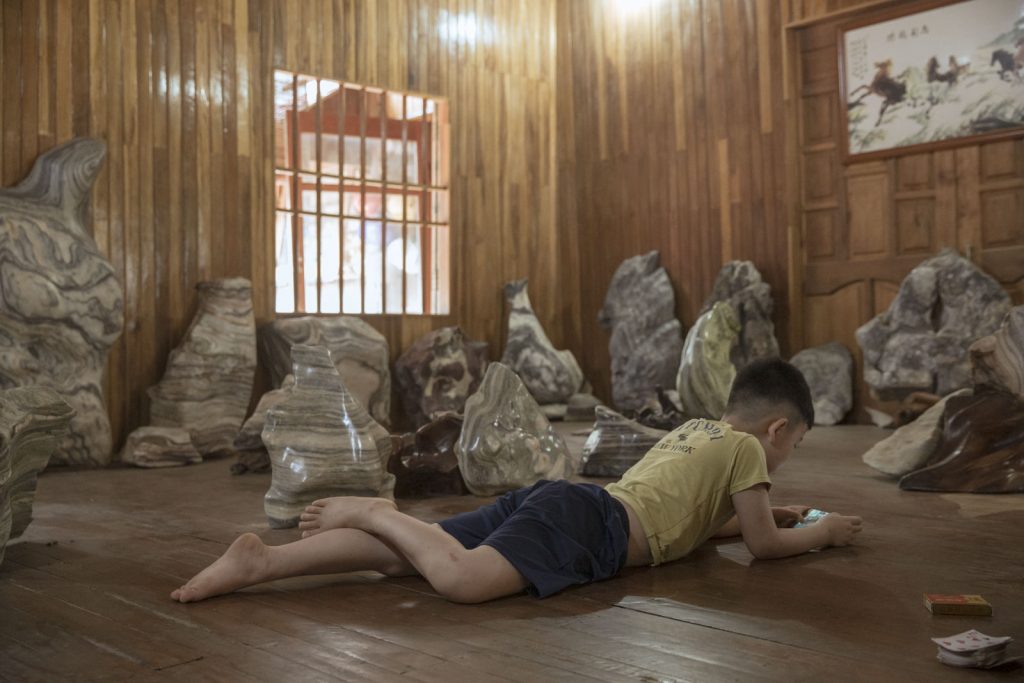
A stone carving workshop.
Besides the production of fine black teas, Ha Giang region is known for the local stone craftwork.
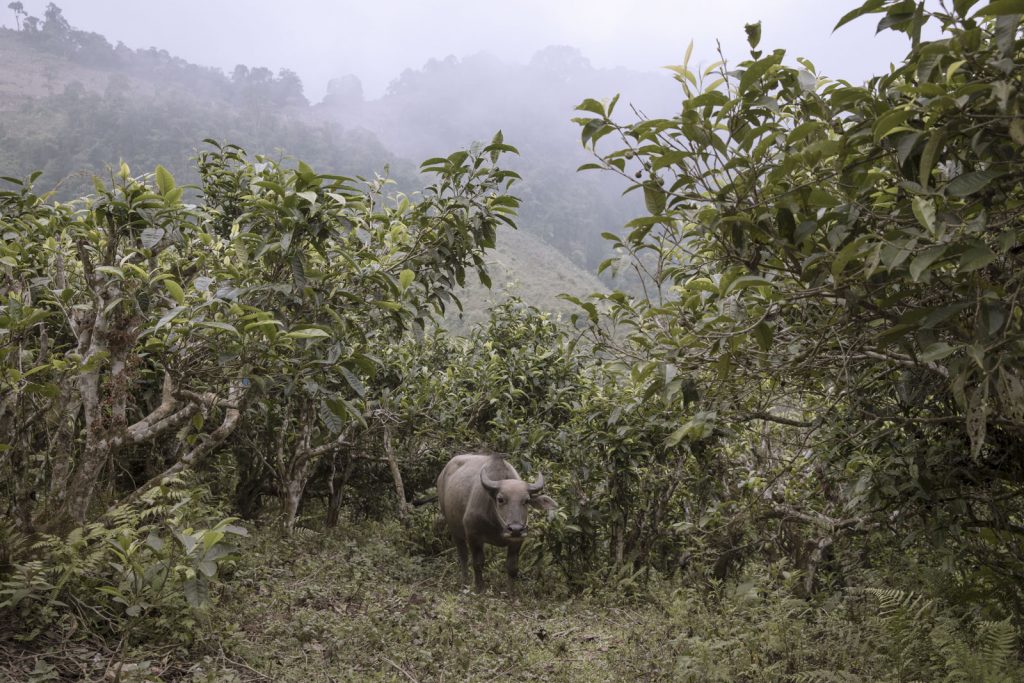
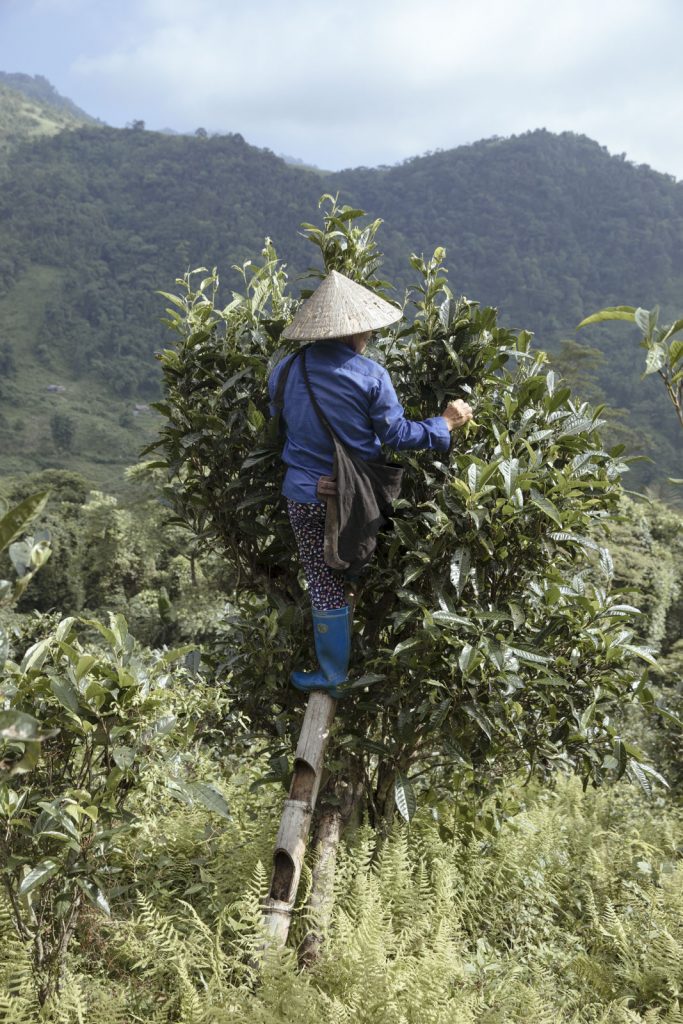
A picker using a traditional bamboo ladder to reach the top leaves on a wild tea tree.

A picker using a traditional basket in a wild tea forest.
Sui Giang region is known for its Pu Erh fermented teas.
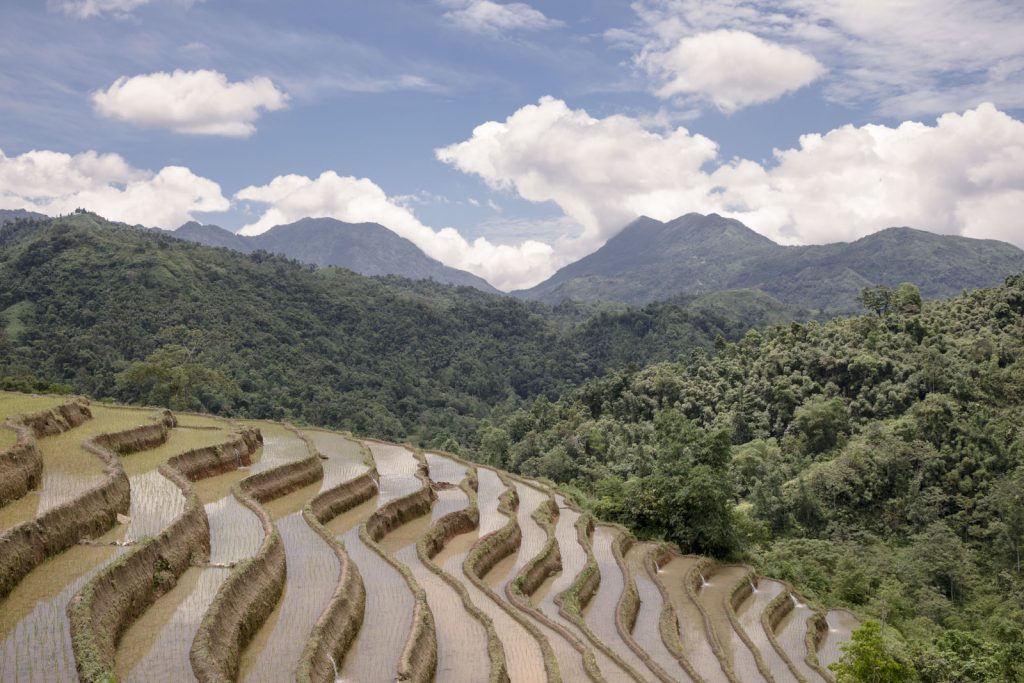
Rice fields. Rice is, along with tea, the main product of the region.
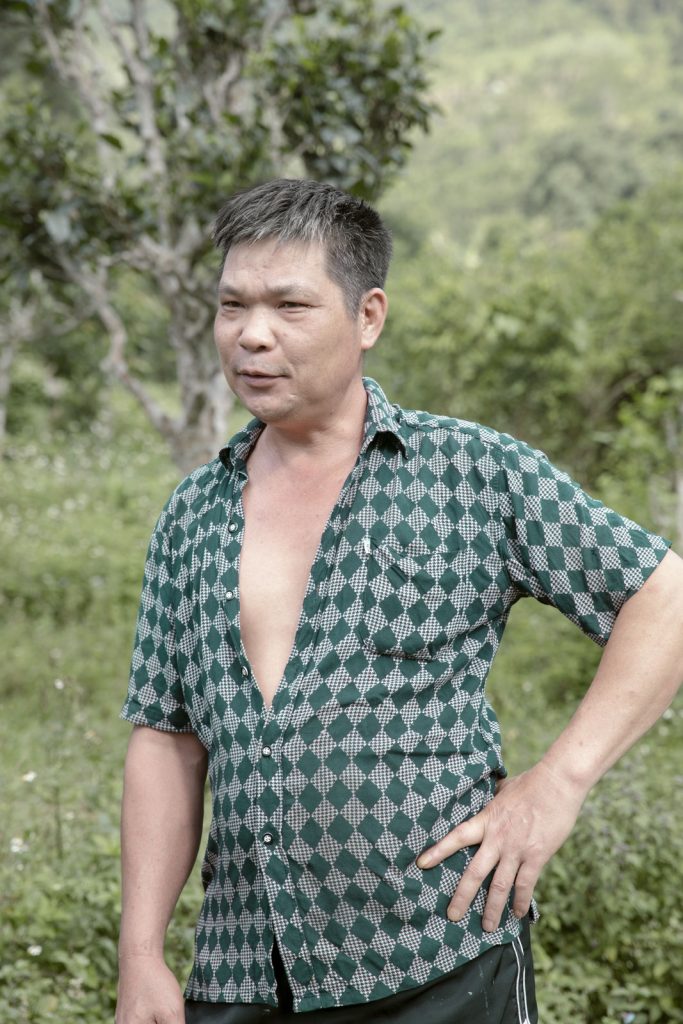
A local tea farmer.

Many local tea farms opened their business to the recently growing tea tourism market.